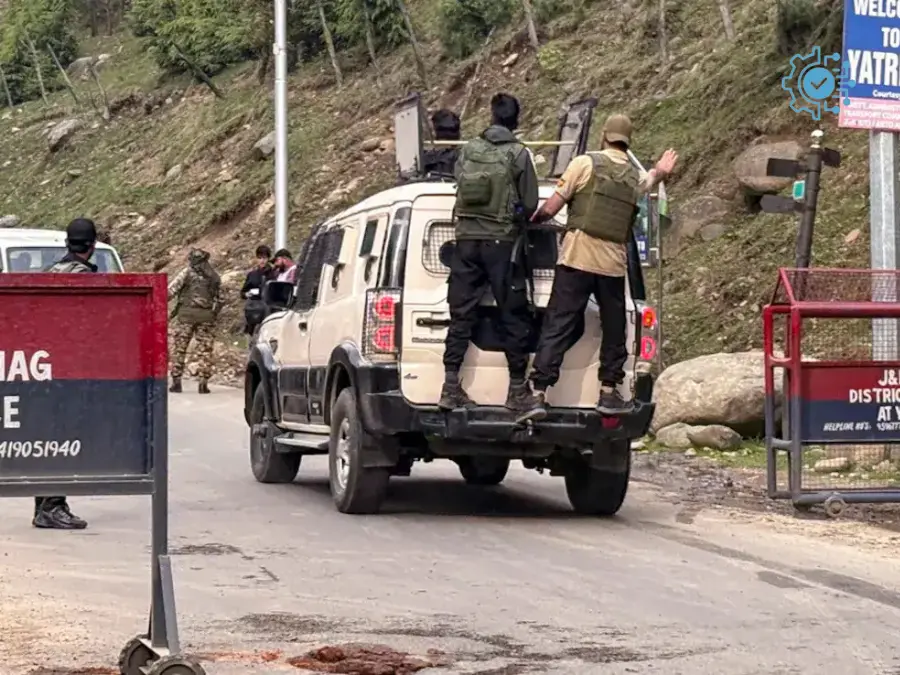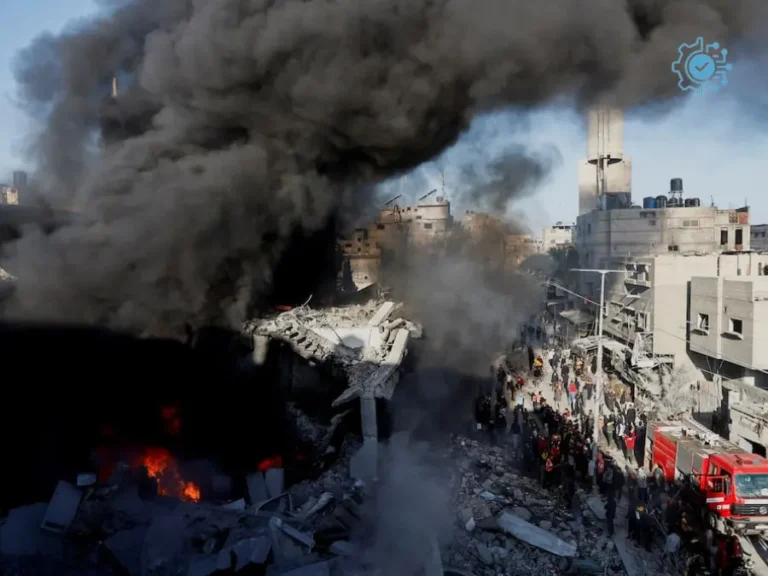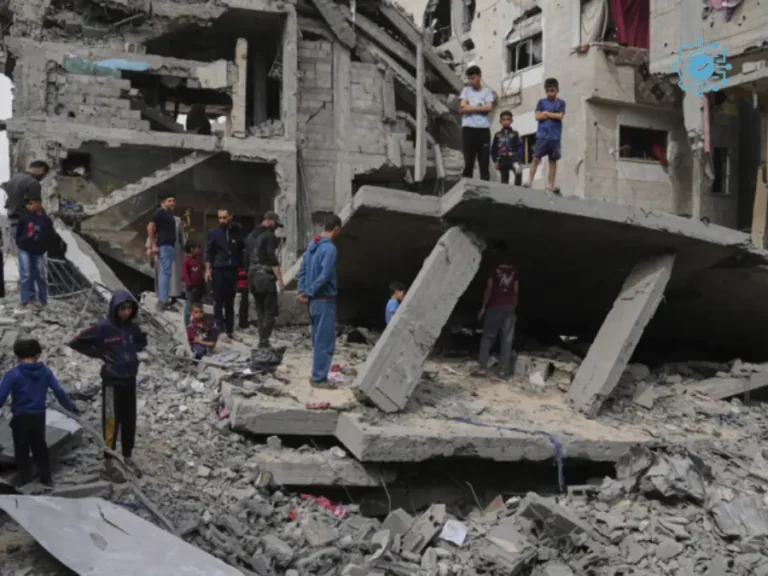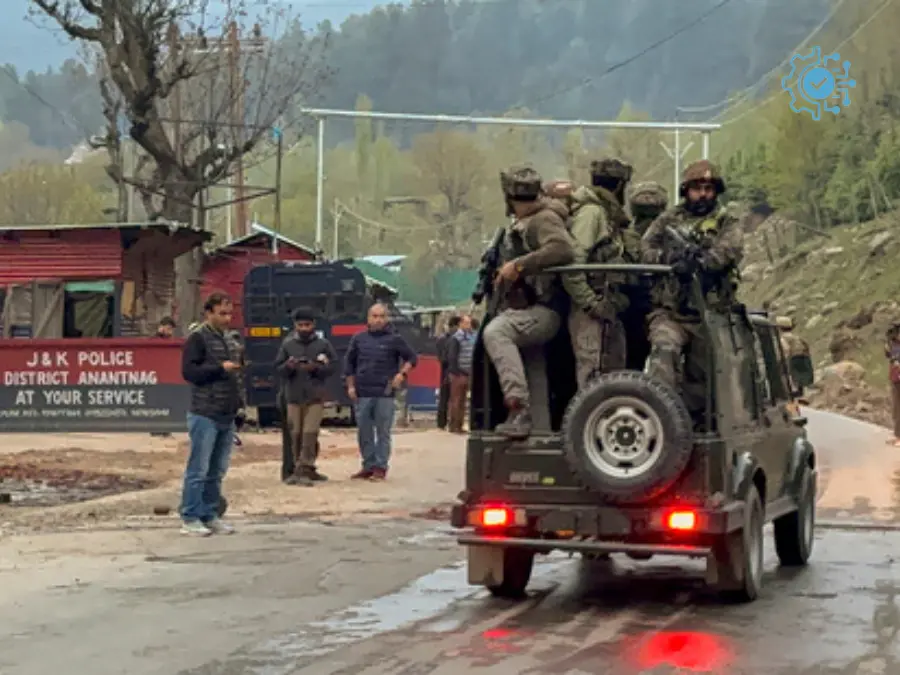On April 22, 2025, the scenic valley of Kashmir witnessed a devastating tragedy. The Kashmir attack, which occurred in the popular tourist destination of Pahalgam, resulted in the deaths of 26 innocent civilians and injuries to many more. This brutal incident has shaken the nation and reignited concerns about regional stability and national security.
Chaos in Pahalgam: What Happened?
During a peaceful spring afternoon, armed militants launched a surprise assault on tourists near the Lidder River. The attackers fired indiscriminately, causing widespread panic. Families scattered, children screamed, and fear engulfed the valley in seconds.
Eyewitnesses recounted the horror. “We were taking selfies one minute, and then ducking bullets the next,” said Rakesh Mehta, a tourist from Punjab. The Kashmir attack turned a vacation into a nightmare almost instantly.
Who Carried Out the Attack?
Shortly after the attack, the Resistance Front (TRF) claimed responsibility. This group, closely linked to Pakistan-based Lashkar-e-Taiba, openly admitted its role and justified the violence by criticizing India’s domicile law in Jammu and Kashmir.
Indian intelligence officials confirmed that the terrorists used automatic weapons and appeared highly trained. They believe both local operatives and foreign militants collaborated to plan the Kashmir attack. This was not a random act of violence—it was a deliberate attempt to destabilize the region.
Government Response: Strong Words and Swift Action
Immediately after the incident, Prime Minister Narendra Modi condemned the attack and vowed retribution. He labeled the assault as “cowardly” and emphasized the need for decisive action. The Home Ministry quickly deployed additional troops, enforced curfews, and initiated drone surveillance to prevent further threats.
The government also announced financial aid for the victims’ families and promised to enhance safety for tourists. As part of its strategy, security agencies have begun tracking potential sleeper cells that may be connected to the attackers.
Global Outrage and Diplomatic Strain
International leaders strongly criticized the Kashmir attack. Countries like the United States, France, and Japan offered condolences and expressed support for India’s fight against terrorism. Notably, U.S. Vice President JD Vance was in India during the incident and pledged stronger counterterrorism collaboration between the two nations.
In contrast, Pakistan’s response sparked controversy. Their official statement lacked clarity and failed to condemn the attack or the TRF by name. Indian diplomats called the response “disappointing and evasive,” accusing Pakistan of sheltering groups that destabilize the region.
Tourism Crumbles: Economic Setback for Kashmir
Kashmir relies heavily on tourism, and this attack has created an atmosphere of fear. As soon as the news spread, tourists began canceling their bookings. Travel agencies reported mass withdrawals, and airlines rescheduled flights out of the valley.
“We were just getting back on our feet,” said Nadeem Dar, a tour guide in Pahalgam. “This attack has ruined our season.” Hoteliers, vendors, and guides all face losses that could take months to recover from. Without question, the Kashmir attack has caused both emotional and economic devastation.
A Unified Local Response
Despite the terror, locals rallied together to support the victims. Many opened their homes to stranded tourists, offering food, shelter, and comfort. These acts of kindness highlight a powerful message: Kashmiris reject terrorism.
A community leader in Anantnag remarked, “They attacked our guests and our way of life. But we will not give in to fear.” The Kashmir attack has united the region in grief, but also in resolve.

Political Fallout: Criticism and Questions
India’s opposition parties criticized the ruling government’s Kashmir policy. Congress leader Rahul Gandhi argued that poor intelligence and excessive centralization had worsened the situation. Meanwhile, security analysts debated whether military force or diplomatic pressure would be more effective going forward.
The government, for its part, insists that it is doing everything possible to restore peace. Yet, public outrage and grief demand accountability and tangible action, not just promises.
India-Pakistan Tensions Escalate
Predictably, the Kashmir attack reignited cross-border tensions. Indian officials have warned of “consequences” if Pakistan fails to curb terror activities. While some leaders advocate for international pressure on Pakistan, others suggest that stronger border surveillance and pre-emptive strikes may be necessary.
What’s Next for Kashmir?
Rebuilding trust will take time. The government must ensure that tourists feel safe again, not just through security forces but also through engagement with local communities. Furthermore, investing in intelligence and inter-agency coordination will be critical to prevent similar incidents.
For Kashmir to move forward, peace must replace polarization. Dialogue, development, and deterrence need to work hand in hand.
Conclusion
The Kashmir attack of April 22, 2025, marks a grim chapter in the valley’s history. While the tragedy has left families shattered and a nation grieving, it has also sparked resilience among locals and renewed urgency among policymakers. This attack must serve as a turning point—not just in rhetoric but in action.
India faces a difficult road ahead, but by confronting extremism, strengthening unity, and fostering diplomacy, the country can ensure that peace in Kashmir is not just a dream but a shared reality.
Stay updated with the latest world news at TechNewsHubs – your go-to source for global headlines and insights.







